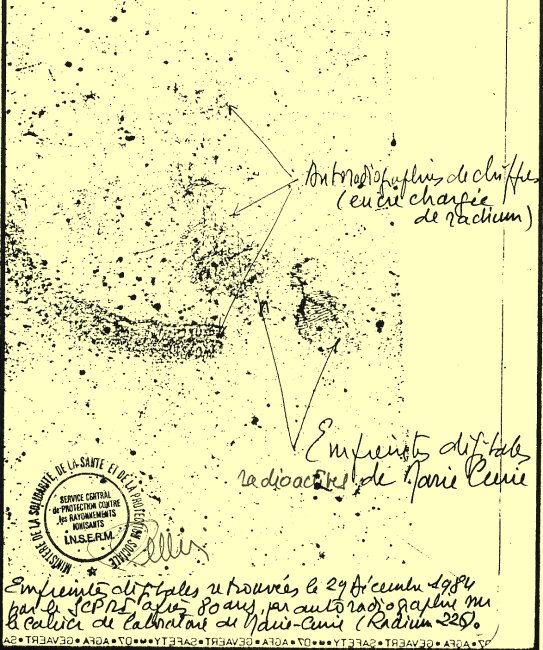˚⊱ Waste is the space ⊰˚ study day
Join us for a study day on waste and toxicity in the context of the yearly trajectory called Otherworldly communications.
Otherworldly communications is framed by researching interspecies cohabitation and communication which, we hope, will tell us about modes of relating to and engaging with technological regimes and apparatus different from those that are damaging worlds.
This day is meant to study the different ways that human-induced toxicity permeates soils, matter, bodies and relations across multiple space-time realities. If toxicity tends to seem invisible to us, it is nonetheless a force forging spaces, more-than-human capacities, coexistences and futurities.
Inspired by techno-queer-feminist calls to develop radical imaginaries and practices based on surrounding and encompassing toxicities, we will be proposing various points of attention to orient the day, such as : the longevity of nuclear waste as a starting point for developing forms of thinking and being with a toxic territory rather than against it, the study of a restricted toxic space as a method for grasping issues acting on different scales, mixing capitalist and colonial violence, speculative exercises in testing environmental toxicity, and perhaps more.
We will be joined by Nerea Calvillo Gonzales, Cécile Massart and Olivia Joret who will share their researches and practices that are deeply implicated in different forms of toxicity.
Bio’s
Nerea Calvillo is a Spanish architect and researcher who investigates the intersection between architecture, science and technology, as well as feminist studies, new materials and urban political ecology. Nerea is specialized in the research of the visual representation of air in the atmosphere and is the author of the book "Aeropolis, Queering Air in Toxicpolluted Worlds"
The work of Cécile Massart is focused on researching a new means of conveying the memory of radioactive waste sites in the landscape. She has developed an architectural vocabulary to identify the slow level disposal waste site : the markers or archi-sculptures. She practices engraving, photography, computer graphics, video, sculpture and installations, and creates artist’s books.
Olivia Joret studied Visual Arts and Contemporary Critical Theory at Goldmiths College, London, UK and Painting at Sint-Lucas Hogeschool, Brussels, BE. She obtained a Master of Arts at the European Graduate School, Saas-Fee, CH and Valetta, MA. In her work, she seeks to elaborate an aesthetics of gommage, a term that refers to the plasticity of a (re)atunement between what could be a historical homage or dommage, drawing on Bracha Ettinger’s esthetics of wit(h)nessing, and the materiality of paint.
Participation + Reservation
Participation is free.
Reservation is required as places are limited; first come, first served.
Reserve by sending an email to: peter@constantvzw.org
The day will be from 10:00 till 18:00 with several breaks throughout the day
Participants will receive a more precise program somewhere in the week prior to the event.
A small lunch will be provided but please bring some of your own delicacies to fill in the collective table.
Accessibility
Wheelchair accessible entrance + toilet + meeting space
Parking in the street is usually available, we can block a parking if let us know
Language
Main communication language is English with one contribution that will be live translated from French to English.
Image: A photo of Marie Curie’s notebook of the 1904-1906 period. We see Curie’s fingerprint which at the time of their analysis in 1985, were still radioactive. Around the fingerprints, there’s also notes from the researcher Pierre Pellerin who analysed the several notebooks. The notes indicate the fingerprints with arrows, the date of the analysis and what was found: radium-226 which is the most stable radium isotope with a half-life of 1,600 years.
@ Constant studio
Jetsesesteenweg 388 Chaussée de Jette
1081 Koekelberg
